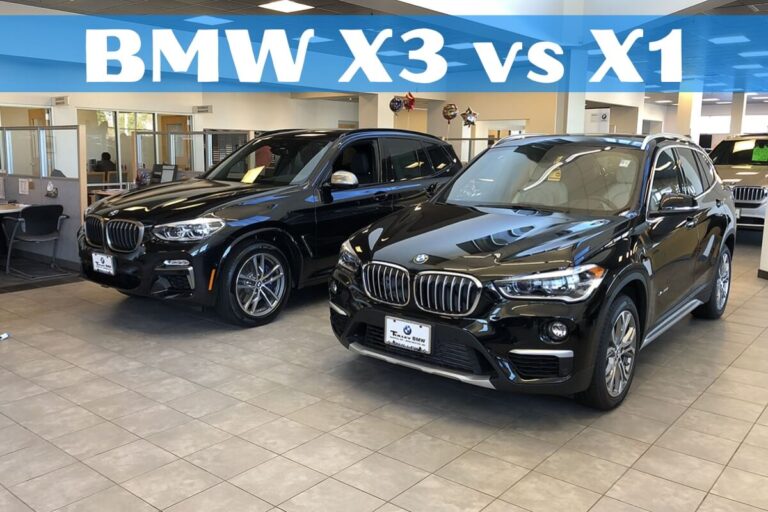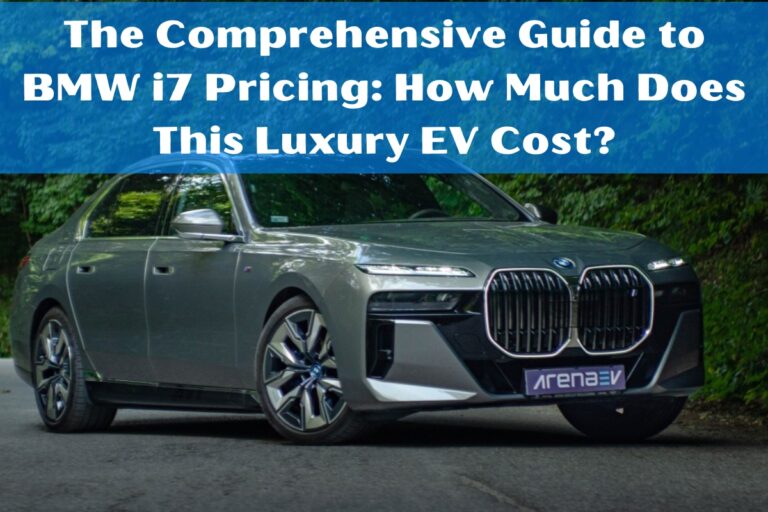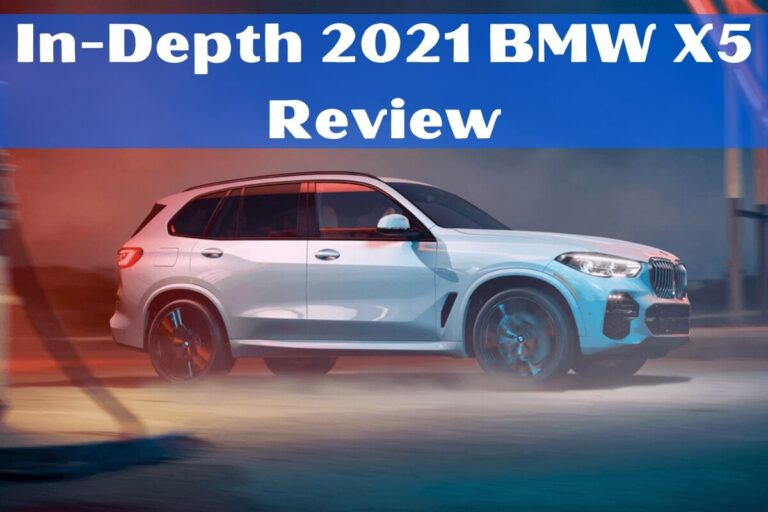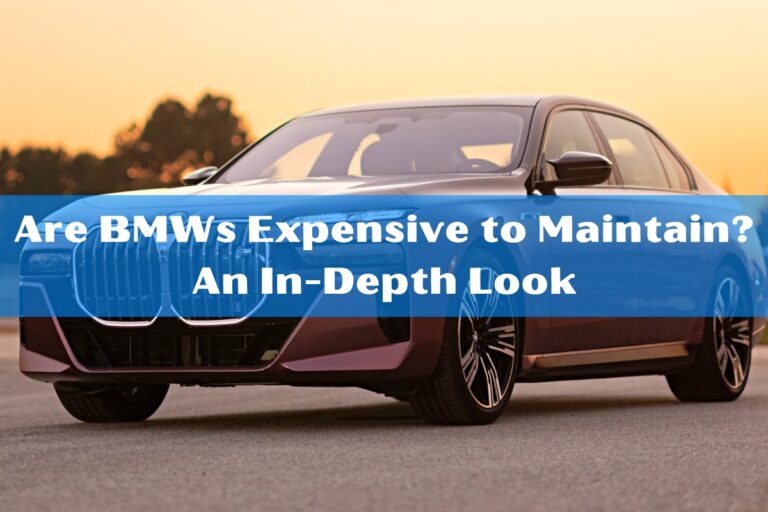Volvo XC90 vs BMW X5: Luxury SUV Comparison Guide
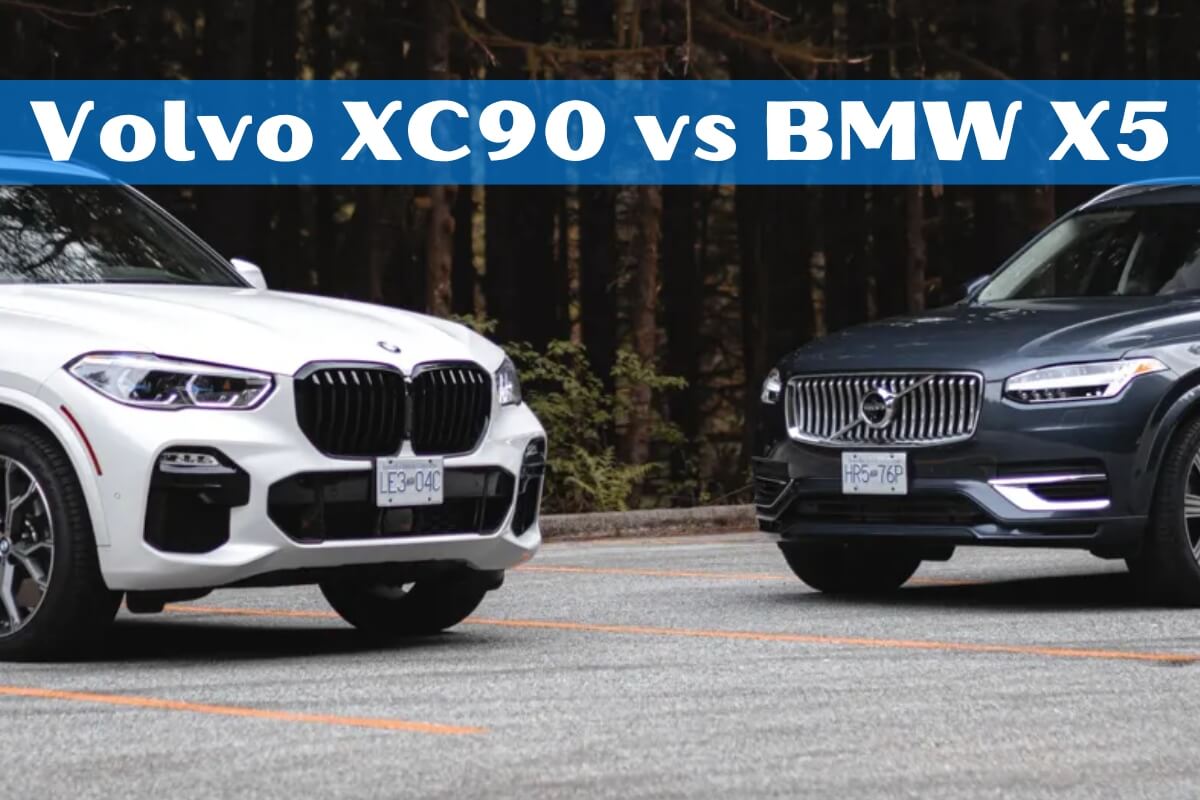
Are you in the market for a luxurious and capable SUV? The Volvo XC90 and BMW X5 are two popular options that offer a perfect blend of style, performance, and practicality. In this comprehensive comparison, we’ll dive deep into the key aspects of these premium SUVs to help you make an informed decision.
The Volvo XC90 and BMW X5 are flagship SUV models from two renowned luxury automakers. Both vehicles boast sleek designs, powerful engines, and upscale interiors. However, they differ in terms of styling, performance, safety features, and overall value proposition. In this article, we’ll explore the similarities and differences between these two luxury SUVs, covering everything from design and performance to technology and safety.
Design and Styling
When it comes to design, the Volvo XC90 and BMW X5 take different approaches. The Volvo XC90 exudes a sophisticated and minimalist Scandinavian aesthetic. Its exterior features clean lines, a bold grille, and signature Thor’s Hammer LED headlights. The interior is equally impressive, with a spacious and airy cabin crafted from premium materials like soft leather and real wood trim.
On the other hand, the BMW X5 sports a more muscular and aggressive design language. Its exterior boasts a large kidney grille, sleek LED headlights, and a sculpted body that conveys a sense of power and athleticism. Inside, the X5 offers a driver-focused cockpit with high-quality materials and attention to detail.
Both SUVs are available in various trim levels and color options, allowing you to personalize your vehicle to suit your style preferences.
Performance and Driving Dynamics
When it comes to performance, both the Volvo XC90 and BMW X5 offer a range of potent engine options. The Volvo XC90 is available with a 2.0-liter turbocharged four-cylinder engine that produces 250 horsepower, a 2.0-liter turbocharged and supercharged four-cylinder that generates 316 horsepower, or a plug-in hybrid powertrain that combines a 2.0-liter engine with an electric motor for a total output of 400 horsepower.
The BMW X5, on the other hand, offers a variety of engine choices, including a 3.0-liter turbocharged inline-six that delivers 335 horsepower, a 4.4-liter twin-turbo V8 that churns out 523 horsepower (in the X5 M model), and a plug-in hybrid variant with a combined output of 389 horsepower.
In terms of driving dynamics, the BMW X5 is widely regarded as the more engaging and athletic option. Its responsive steering, well-balanced chassis, and powerful brakes make it a joy to drive on winding roads. The Volvo XC90, while not as sporty as the X5, still delivers a composed and comfortable ride, with a focus on stability and confidence-inspiring handling.
Fuel Efficiency and Hybrid Options
Fuel efficiency is a crucial consideration for many SUV buyers, and both the Volvo XC90 and BMW X5 offer hybrid and plug-in hybrid options to cater to this demand.
The Volvo XC90 T8 Twin Engine plug-in hybrid variant boasts an impressive EPA-estimated combined fuel economy rating of 25 mpg, with an all-electric range of up to 18 miles. This makes it an excellent choice for those who frequently commute short distances or want to minimize their environmental impact.
The BMW X5 xDrive45e plug-in hybrid model, on the other hand, offers an EPA-estimated combined fuel economy rating of 23 mpg and an all-electric range of up to 24 miles. While not as efficient as the Volvo XC90 hybrid, it still provides a significant improvement over the conventional gasoline-powered X5 models.
For those who prioritize maximum fuel efficiency, both automakers also offer traditional gasoline and diesel engine options with respectable fuel economy ratings for their respective segments.
Safety and Driver Assistance Features
Safety is a top priority for both Volvo and BMW, and their respective SUVs reflect this commitment. The Volvo XC90 has consistently earned top safety ratings from organizations like the Insurance Institute for Highway Safety (IIHS) and the National Highway Traffic Safety Administration (NHTSA). It comes standard with a suite of advanced safety features, including automatic emergency braking, lane departure warning, and blind-spot monitoring.
The BMW X5 is also a standout in terms of safety, with various advanced driver assistance systems available, such as adaptive cruise control, lane-keeping assist, and frontal collision warning. However, some of these features are optional extras, whereas the Volvo XC90 includes them as standard equipment.
Both SUVs offer advanced airbag systems, robust body structures, and cutting-edge safety technologies to protect occupants in the event of a collision.
Infotainment and Technology
In today’s tech-savvy world, infotainment and connectivity features are crucial aspects of any modern vehicle. Both the Volvo XC90 and BMW X5 offer intuitive and feature-rich infotainment systems, but they differ in their approaches.
The Volvo XC90 features the brand’s Sensus infotainment system, which includes a large, vertically-oriented touchscreen display. This system is highly intuitive and easy to use, with support for Apple CarPlay, Android Auto, and various built-in apps for navigation, music, and more.
The BMW X5, on the other hand, comes equipped with the iDrive infotainment system, which has been consistently refined and improved over the years. It features a high-resolution touchscreen display, along with a rotary controller and physical buttons for added convenience. Like the Volvo system, it supports various smartphone integration and connectivity features.
Both SUVs offer advanced safety and convenience technologies, such as remote start, wireless charging, and premium audio systems, although the availability and pricing of these features may vary depending on the trim level and optional packages selected.
Pricing and Value
When it comes to pricing and value, the Volvo XC90 and BMW X5 cater to different segments of the luxury SUV market.
The Volvo XC90 is generally considered the more affordable option, with a starting price around $50,000 for the base model. As you move up the trim levels and add optional packages, the price can climb significantly, but it still represents a good value proposition for the features and amenities it offers.
The BMW X5, on the other hand, commands a higher premium, with a starting price around $60,000 for the base model. As you explore higher trim levels and performance-oriented variants like the X5 M, the price can easily exceed $100,000.
It’s important to consider not only the upfront cost but also the long-term ownership costs, such as maintenance, fuel efficiency, and resale value. In this regard, the Volvo XC90 may have an advantage, as Volvo vehicles are known for their reliability and strong resale values.
Pros and Cons
To summarize, here are some key pros and cons of each SUV:
Volvo XC90 Pros:
- Elegant and understated design
- Spacious and luxurious interior
- Impressive standard safety features
- Available plug-in hybrid variant with excellent fuel efficiency
- Competitive pricing and strong value proposition
Volvo XC90 Cons:
- Not as engaging to drive as the BMW X5
- Infotainment system can be sluggish at times
- Limited high-performance engine options
BMW X5 Pros:
- Athletic and dynamic driving experience
- Powerful engine choices, including high-performance variants
- Well-appointed and driver-focused interior
- Cutting-edge technology and infotainment features
- Strong resale value
BMW X5 Cons:
- Higher starting price and expensive options
- Fuel-efficient hybrid variant not as efficient as the Volvo XC90 hybrid
- Some advanced safety features are optional extras
Final Thoughts
Choosing between the Volvo XC90 and BMW X5 ultimately comes down to your specific priorities and preferences. If you value a luxurious and spacious interior, impressive fuel efficiency (with the hybrid variant), and a strong emphasis on safety, the Volvo XC90 may be the better choice. However, if you prioritize driving dynamics, powerful engine options, and cutting-edge technology, the BMW X5 could be the more appealing option.
Regardless of your decision, both the Volvo XC90 and BMW X5 are excellent luxury SUVs that offer a compelling blend of style, performance, and practicality.



